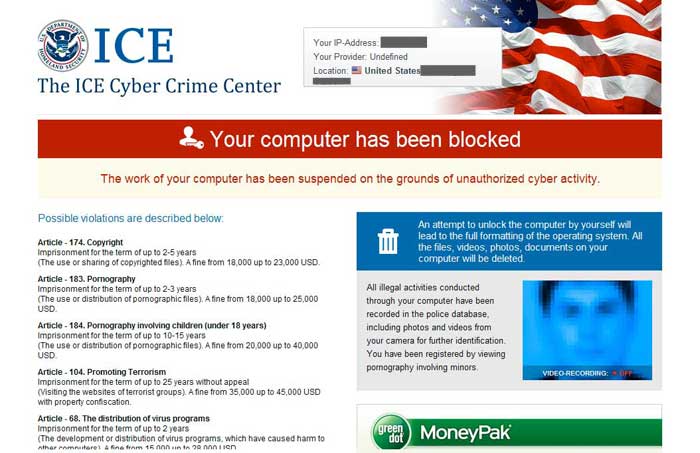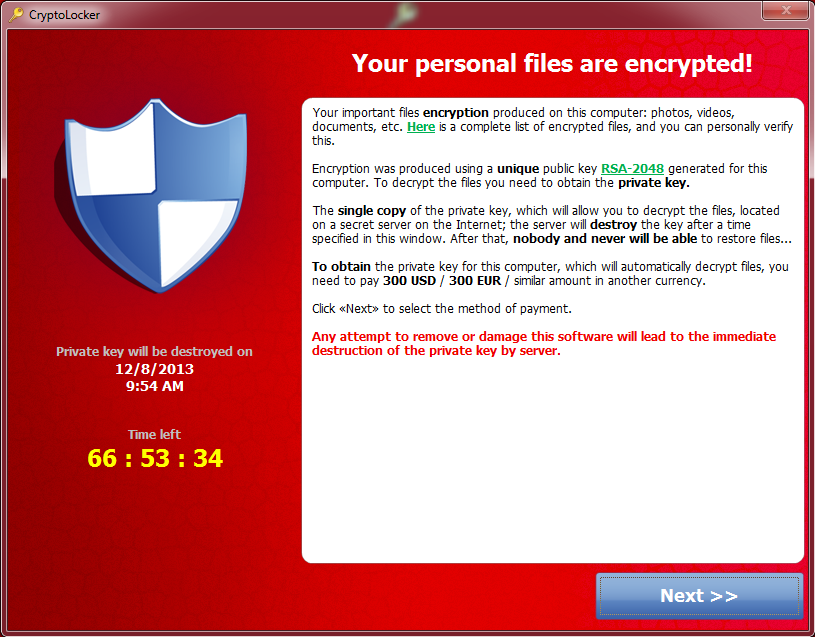Operating in a world dominated by millions of malware-infected hosts acting as proxies for the facilitation of fraudulent and malicious activity, the Web’s most popular properties are constantly looking for ways to add additional layers of authentication to the account registration process of prospective users, in an attempt to undermine automatic account registration tactics. With CAPTCHA under automatic fire from newly emerging CAPTCHA solving/breaking services, re-positioning the concept from what was once the primary automatic account registration prevention mechanism, to just being a part of the ‘authentication mix’ these days, in recent years, a new (layered) authentication concept got the attention of the Web’s ‘most popular’. Namely, the introduction of SMS/Mobile number account verification, a direct result of wide adoption of mandatory prepaid SIM card registration internationally, in the context of preventing crime and terrorism.
Naturally, the bad guys quickly adapted to the new authentication mechanism, and in a true ‘malicious economies of scale’ fashion, undermined the concept, successfully continuing to populate any Web property with hundreds of thousands of bogus accounts, degrading the quality of the services offered, as well as directly abusing the one-to-one/one-to-many trust model in place. How do they do it? What type of tactics do they rely on in an attempt to bypass the mandatory prepaid SIM cards registration process, in order to secure a steady flow of tens of thousands of non-attributable SIM cards, at any given moment in time, empowering them to bypass the SMS/Mobile number activation account registration process? Let’s find out.











